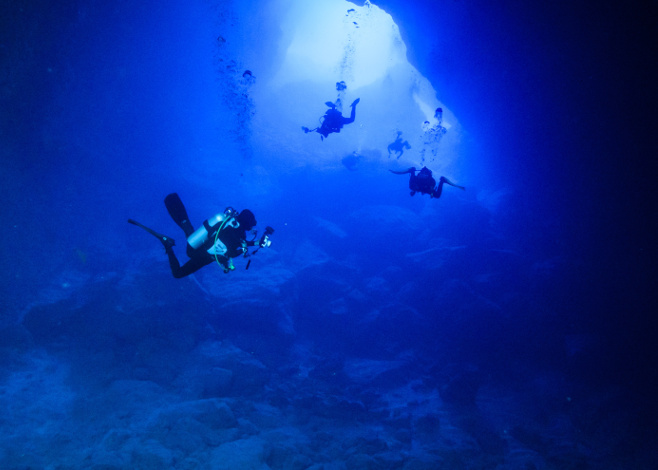John Bantin
Contributor
Mike's Point in the Dampier Strait, Raja Ampat. It was bombed during the war because the Americans thought it was a Japanese warship disguised as an island thanks to the visible wake coming from it. It makes for an exhilarating dive but it's not for the faint-hearted. That's some current and it goes each and every way. Tiputa Pass, Rangiroa. It has a standing wave on the rising tide. Stan Waterman dived it when he was 85.




